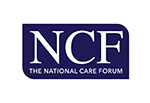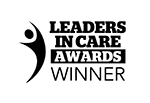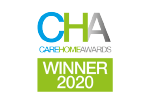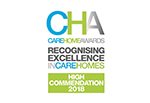Safe staffing is a fundamental part of providing quality of life and improving resident experience, here is why

When we talk about safe staffing levels in care homes and how that can impact resident experience, we’re not just talking about the numbers of staff; to achieve safe staffing levels, care homes must consider whether their staff have the right mix of skills, the right experience and the right values to support those living in care homes.
There are other factors to consider, for example, safe staffing levels that positively impact resident experience means that care homes have enough staff to provide person-centred care for residents. For example, a person being cared for has low blood glucose levels, and it is noted that they love red jelly babies; knowing this means that you can easily and comfortably boost their blood glucose levels through a person-centred clinical intervention.
Safe staffing should also consider the layout and size of a building and the time it takes to get from one area to another, as well as the time needed to form bonds with people living in care and perform administrative work in order to more closely document, monitor and evidence resident needs and outcomes.
Safe staffing affects everything
- Encounter issues such as not having enough time to bond with residents
- Not have enough time to adequately respond to calls for assistance
- Not having enough time to do effective handovers,
- Not have the time or staff numbers to plan around the individuals living in care
- Not have the time or staff to adequately dedicate to medication management
- Be unable to adequately support mealtimes or activities
Common characteristics of inadequate staffing in care homes
- High turnover of staff
- Struggle to recruit enough staff
- New staff leave within a short time of joining
- High sickness rates that are particularly stress related
- Unorganised rota system and processes that are difficult to use and review
- Rotas are constantly changing
- Staff only have time to perform duties and tasks with no time to ‘care’
- Staff don’t have time to communicate with people they support, families and professionals
- Little consistency in staff
- Over-reliance on temporary workers
- Staff inductions are limited and/or rushed
- Staff learning and development is restricted to mandatory training
- Limited support for staff such as supervisions
All of these issues have one thing in common: they lead to a deterioration in the quality of care for residents and their overall experience of living in care.
How safe staffing can make the difference
Having the right number of staff with the right mix of skills, as well as the right values, means that a care home can always ensure both continuity of care and the quality of care. With the right amount of staffing levels and the right mix of skills in the staff, care homes can ensure that each resident is supported and cared for based on their individual needs and preferences. It means that each member of staff has the time not just to perform clinical tasks as well as any administrative tasks, but it also means they have the time to bond with residents and to communicate with them.
In that forging of relationships, staff can get the chance to understand and appreciate the little things that often make the biggest difference in care provision. For example, in getting to know someone living in care, staff might learn that they prefer to listen to the radio in the morning, or that they enjoy a walk in the afternoon, or perhaps there is a specific activity that they have always enjoyed and makes them feel happy. More than anything, it gives them the chance to foster an environment of community and friendship where people living in care feel like they are living in a true home.
These are the kinds of insights that staff can only learn about if they have enough time to actually sit down and get to know people in care, and without safe staffing levels, staff find themselves being forced into situations where they simply do not have the time to do much more than what is required. But if a care home can find the right balance of staffing based on resident needs and dependency, it allows for a far higher standard of resident experience because the human side of care doesn’t have to be overlooked or rushed through for the sake of time.
How do you ensure safe staffing levels?
A system for determining safe staffing levels needs to be built around the individual needs, preferences and dependency levels of residents. Traditionally, however, it has often been the health authorities that determined staffing levels in nursing homes and local authorities doing likewise in residential care settings. These determinations were often based on pre-set ratio models of 1 to 5 in the morning - 1 carer per 5 residents in the morning, 1 to 8 in the afternoon and 1 to 10 at night.
When using a one-size-fits-all model such as this that doesn’t consider the needs of residents on an individual level, and how they might change over time, it is almost inevitable that care homes will encounter some sort of issues when it comes to resident experience. For example, if the health of one or more residents deteriorates to the point where they are living in bed or their mobility is severely impaired, they will require far more care than they might have done previously. With a system for safe staffing that can change based on resident needs (and takes them into account in the first place), this kind of situation can be managed more easily. If not, then staffing time and energy will need to be pulled from somewhere else to compensate, so ultimately someone, somewhere, will be going without the individual care and support they require and deserve.
So, how can care homes ensure safe staffing in a world where more people with more complex needs are requiring more care for longer? The answer likes in making use of an agile, data-led platform that, rather than replacing human decision-making, can assist and augment it to ensure there are always enough staff with the right skill mix for any given situation and any given care environment.
Safe staffing levels – what is the solution?

This type of platform is called DepenSys, which is part of Person Centred Software’s Connected Care Platform, and it is purpose-built to tackle these kinds of challenges that have been discussed in this blog. If safe staffing levels is the key to enhanced resident experience, then DepenSys will ensure that your care home is always in the best position to provide person-centred care to everyone living in your care home.
Want to learn more about DepenSys? Click here to download our complete guide on how the platform works.
Not only that, but it will help to alleviate the pressures that staff might find themselves facing if they are working in an understaffed environment. They are less likely to suffer from stress and burnout, and they are empowered to do the job of care in a way that they actually want to – which is why became carers in the first place.
Aside from ensuring that care homes can maximise staff resources, time and energy to provide a good level of care, DepenSys also helps care homes to comply with regulations around staffing. For example, Regulation 18(1) in England for the CQC, and the Health and Care (Staffing) (Scotland) Act 2019 for the Care Inspectorate in Scotland.
DepenSys solves the issue of safe staffing because it provides care homes with information on staffing levels and the skill mix of staff and presents it in an easy-to-understand way. Using the data inputted on resident needs, available beds and staff numbers, it will provide metrics on things such as hours needed to provide a good level of care, staff ratios and occupancy levels. This data changes when resident information is updated, so it will provide a real-time representation of the staffing levels in care homes and give managers a useful insight into whether their staffing ratios are appropriate or whether they need improvement.
To find out more about how DepenSys works and how it can transform resident experience in your care home, just click below to book a consultation and speak with one of our experts.

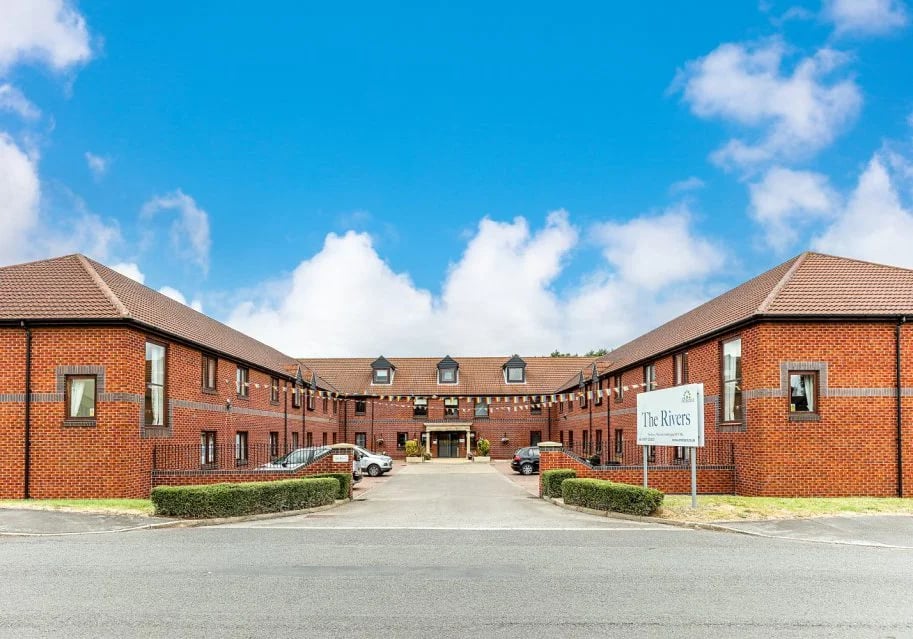
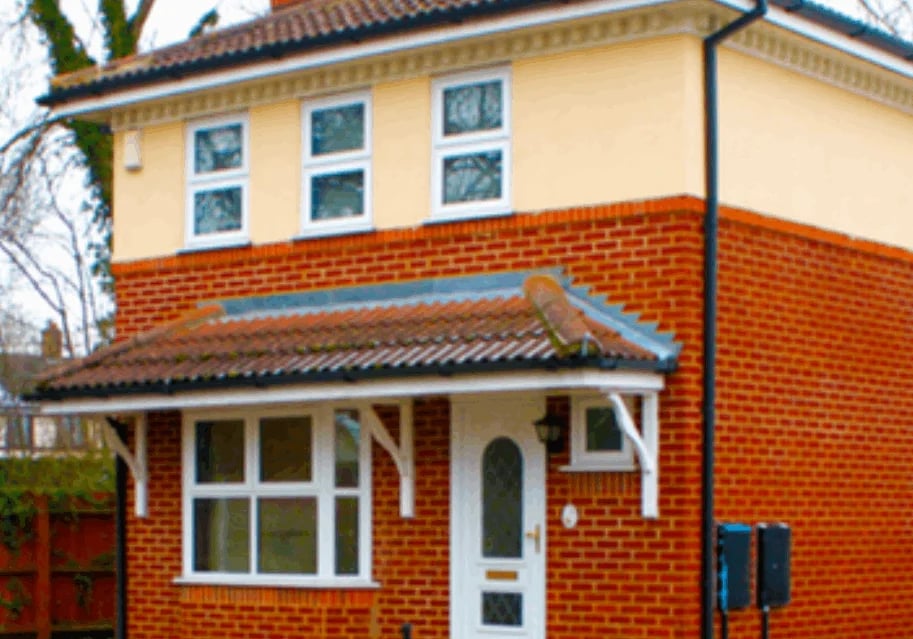

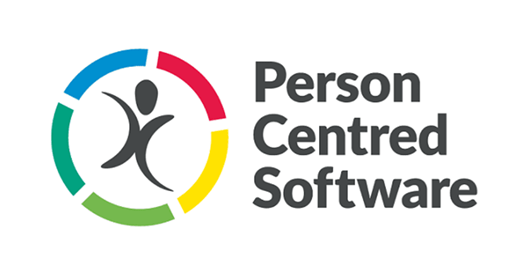
.jpg)
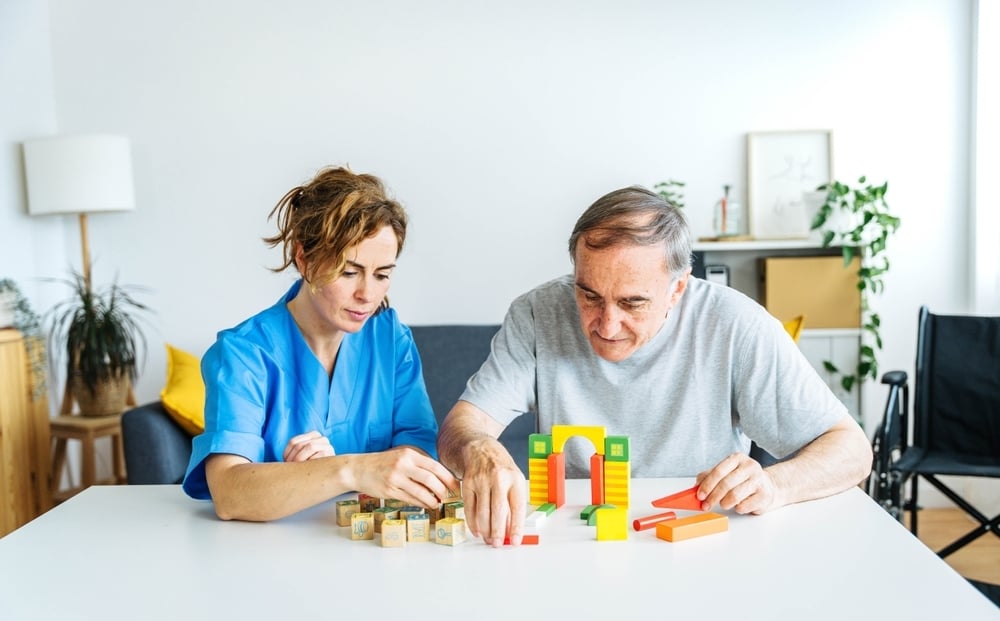
.webp?width=80&height=80&name=HTD%20Awards%202023%20Badge%20(4).webp)




